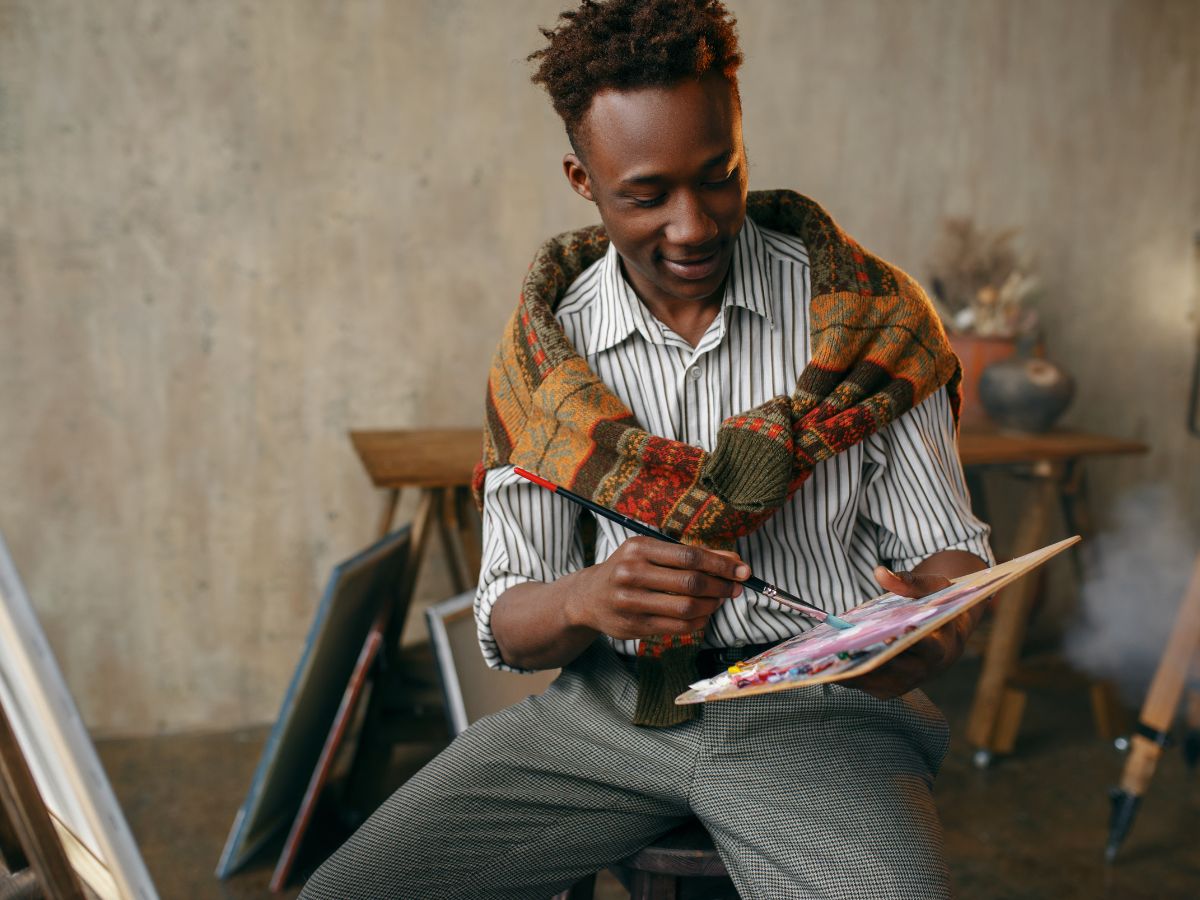
How Artists Can Build Confidence
If you’ve ever shown your work and wondered, “Do I really belong here?”, you’re in good company. Most artists, from beginners to established professionals, wrestle with the fear that their work won’t be taken seriously. That fear doesn’t mean you’re failing. It means you care. The real challenge is learning to create anyway.
Here’s how to build genuine confidence and move past the worry that your art isn’t “legitimate.”





